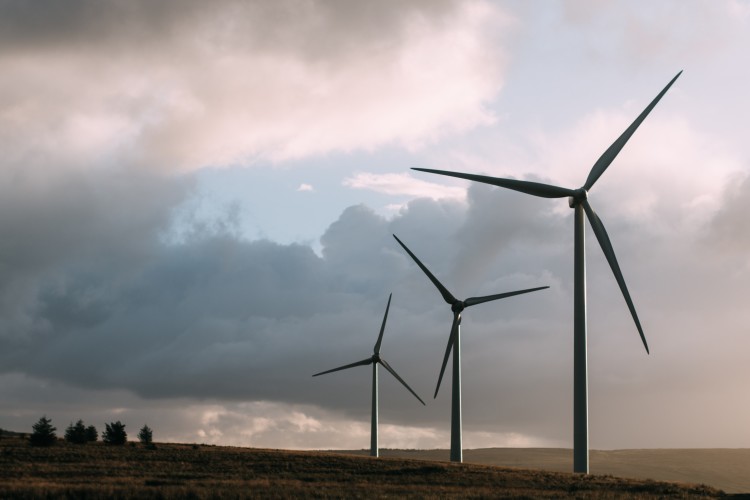EnLink and Honeywell are Working on Carbon Capture System
Honeywell International Inc.

Honeywell and EnLink Midstream are collaborating on a carbon capture platform that will target large-scale carbon dioxide emitters along the Louisiana Gulf Coast.
Honeywell's existing carbon capture and hydrogen purification technology will be combined with EnLink's projected sequestration connections and planned carbon dioxide transportation network, which will take advantage of the existing pipeline infrastructure.
The collaboration will focus on the Mississippi River corridor between New Orleans and Baton Rouge, where the companies claim there are numerous large and concentrated sources of industrial carbon dioxide emissions.
Honeywell will also perform a feasibility study to see if it is possible to retrofit carbon capture capabilities to its current Louisiana sites. The companies claim that the technique would make carbon capture and hydrogen production easier and that the system would help the industry reduce emissions faster.
Carbon capture and storage are seen as critical components in lowering carbon emissions. According to the Center for Climate and Energy Solutions, the technique might capture up to 90% of emissions from industrial operations.
The Gulf Coast has been a focal point for such efforts, with 11 companies announcing plans last year to develop a carbon capture and storage hub in Houston with the capacity to capture up to 50 million metric tonnes of CO2 per year by 2030 and 100 million metric tonnes by 2040. Chevron, Dow, ExxonMobil, and LyondellBasell were among the companies that participated in the event.
Chevron also purchased a 50% stake in the Bayou Bend project off the Texas coast. Several big projects are underway in the United States, including one that is claimed to be the world's largest, spanning five states in the Midwest. In addition, attempts in Wyoming, New Mexico, Minnesota, and California are ongoing.
Honeywell has more than 50 years of experience in gas processing, and in late 2021, the company announced a collaboration with the University of Texas at Austin to develop a carbon capture system for electricity, steel, cement, and other industrial units.
According to the company, it captures and stores 15 million tonnes of carbon per year in its storage and utilisation systems, and it can capture 40 million tonnes of carbon through installations around the world.
Source: Environmental Leader






